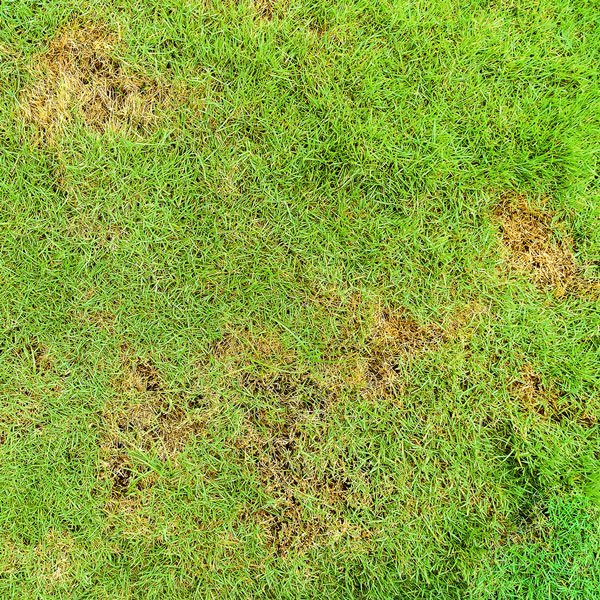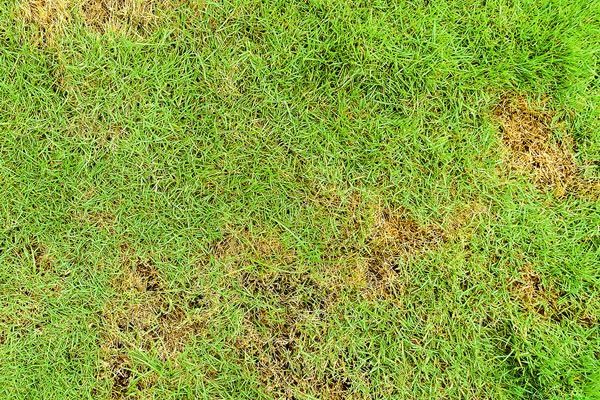
Picture a garden party where the guests are just a bit too rowdy, digging up the lawn and stomping on the flowers. That’s kind of what grub worms do, but in a more subtle way. They feast on grass roots and plant tubers, causing damage that often isn’t visible until it’s too late. So, how can you spot the signs of grub worm damage before it takes over your cherished green space? Let me walk you through it.
What Are Grub Worms?
Understanding grub worms is essential to recognizing the damage they cause. Grub worms are the larvae of beetles, primarily the Japanese beetle, May beetle, and other types of scarab beetles. They typically hatch from eggs laid in the soil, and when they emerge as larvae, they start munching on plant roots, which is where the trouble begins.
These little worms are often white or cream-colored and can grow to be about an inch long. They’re generally found about a few inches underground, happily snacking away on your grass roots. So, if you see patches of brown or dead grass, chances are, grubs might be having a feast below the surface.
Identify the Signs of Grub Worm Damage
Spotting grub worm damage can be tricky because the signs might not be immediately obvious. Here are some common indicators to watch out for:
- Brown Patches: One of the first signs is the appearance of irregular brown patches on your lawn. These patches might feel spongy when you walk on them, which points to dead grass due to root damage from grubs.
- Grass Pulling Up Easily: If you notice that the grass in these brown patches lifts up easily, like a carpet being pulled back, it’s a telltale sign that grubs are feasting underneath.
- Increased Animal Activity: Pay attention to birds, raccoons, or skunks digging in your yard. These animals love to snack on grubs, and their digging could indicate a grub problem.
Noticing these signs early can save you a headache later on. If you spot any of these issues, it’s time to take action!
Checking for Grubs in Your Lawn
Now that you know what signs to look for, how do you confirm if grubs are indeed the culprits? Here’s a simple method:
1. Choose a Section of Lawn: Pick a small area in one of the affected patches.
2. Lift the Grass: Use a spade or your hands to lift up a section of grass about a foot square.
3. Examine the Soil: Look for white or cream-colored larvae in the soil. If you spot a few grubs, you may have a problem on your hands.
Remember, a small number of grubs isn’t always a cause for alarm. But if you find more than 10 to 12 per square foot, it might be time to consider some control measures.
What Damage Can Grub Worms Cause?
The damage caused by grub worms can vary from mild to severe. When they feast on the roots, they are effectively cutting off the grass’s ability to absorb water and nutrients, leading to gradual decline. Here’s what to expect:
– Dying Grass: Without healthy roots, grass will struggle to stay green and healthy. You’ll end up with patchy, dried-up areas that ruin the beauty of your lawn.
– Weakened Plants: For your garden plants, roots are essential for stability. Grubs can weaken these plants, making them more susceptible to disease and other pests.
– Increased Vulnerability: A lawn already stressed by grub damage may find it harder to recover from environmental stressors like drought or heat.
How to Control Grub Worms
If you discover that grubs have taken over your lawn, there are several control measures you can take. Here’s what to keep in mind:
– Chemical Control: Granular insecticides can be effective, but they should be used with caution. Always read the labels and follow instructions to protect beneficial insects and your own safety.
– Natural Predators: Encouraging birds and beneficial insects can help reduce grub populations naturally. Planting native plants can attract these helpful critters.
– Soil Health: Keeping your lawn healthy through proper care can make it less hospitable to grubs. Regular aeration and comprehensive fertilization can go a long way.
Prevention Strategies
Sometimes, the best offense is a good defense! Here are some strategies to prevent grub worm infestations:
1. Regular Lawn Maintenance: Keeping your lawn healthy through regular mowing, watering, and fertilizing can help it resist grub damage.
2. Insect Barrier: Consider applying a preventative insecticide during peak laying seasons, which usually occurs in late spring to early summer.
3. Soil Testing: Testing your soil can help you understand its health. Healthy soil fosters strong grass, making it less attractive to grubs.
By staying proactive and informed, you can minimize the risk of grub worm damage.
When to Seek Professional Help
If all else fails, or if the infestation seems too severe to handle on your own, it might be time to call in the pros. Lawn care experts can provide a thorough diagnosis and apply effective treatments that can be hard to manage on your own. They can also offer tailored strategies for your specific lawn type and local conditions.
Remember, maintaining a vibrant lawn and garden takes effort, but knowing the signs of grub worm damage is a great start. You can keep your outdoor space looking its best with some awareness and quick action.
In the end, staying informed and actively monitoring your lawn can make all the difference in preventing and dealing with grub worms. Your garden deserves to thrive, so stay vigilant, and it will reward you with its beauty!

